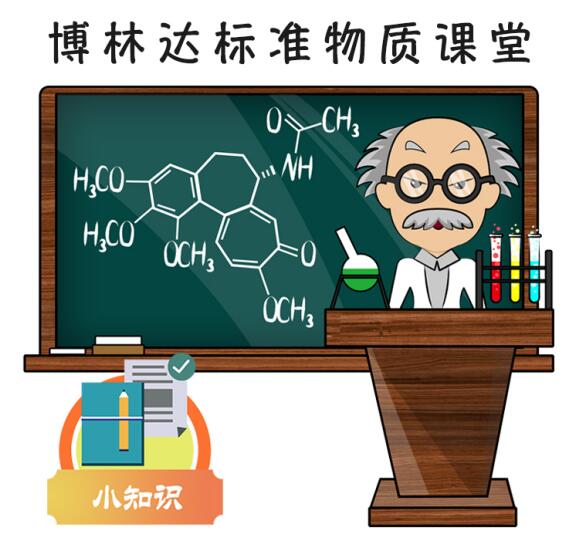2019-11-14 15:33:35
What is a standard solution:
Standard solution refers to a reagent solution with an accurate known concentration, and titrators are commonly used in titration analysis. In other analytical methods, the standard solution is used to draw working curves or as a calculation standard.
When testing with a standard solution instead of a sample, the result should be consistent with the known concentration of the standard solution. If the results match, the test was performed correctly. If there is any significant deviation (greater than 10%) from the standard value, there is an error and analysis is required.

The reference substance used to formulate the standard solution concentration must meet the following conditions:
1, high purity, impurity content generally shall not exceed 0.001%, to achieve excellent purity.
2. Stable chemical properties, not easy to absorb moisture, not oxidized by air, and not decomposed when dry.
3, large molecular weight, easy to dissolve in water, dilute acid, dilute alkali and organic solvents when used, can be accurately weighed.
4, in line with the requirements of chemical reaction, constant composition, calibration can be completed quantitatively according to the chemical reaction formula, no side reaction or reverse reaction, easy to calculate.
The above content is to introduce what is the standard solution and what are the conditions for the preparation of the standard solution. There are two methods for the extraction of the standard solution, mainly the direct preparation of the reference substance and the calibration and extraction of the standard solution with known accurate concentration. The accuracy of the concentration of the standard solution is directly related to the precision and accuracy of the test results. Its preparation conditions have very strict requirements.





